Pull Test Parkinson
June 23, 10 Basic, simple tests can help predict which Parkinson’s disease patients are most likely to fall, leading to injury, reduced mobility, and a higher probability of nursing home.
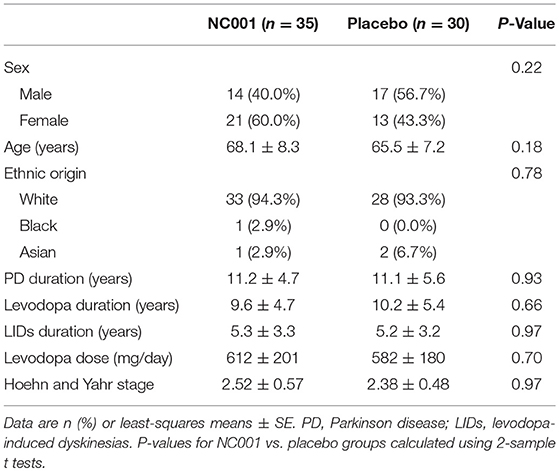
Pull test parkinson. Froment's sign is a special test of the wrist for palsy of the ulnar nerve, specifically, the action of adductor pollicis Froment's maneuver can also refer to the cogwheel effect from contralateral arm movements seen in Parkinson's disease Process of examination To perform the test, a patient is asked to hold an object, usually a flat object such as a piece of paper, between the thumb and. Froment's sign is a special test of the wrist for palsy of the ulnar nerve, specifically, the action of adductor pollicis Froment's maneuver can also refer to the cogwheel effect from contralateral arm movements seen in Parkinson's disease Process of examination To perform the test, a patient is asked to hold an object, usually a flat object such as a piece of paper, between the thumb and. A number of clinical tests are available for testing balance in patients with Parkinson’s disease The Berg Balance Scale, the BESTest, the Tinetti Test, and the Timed Up and Go (TUG) are commonly used in hospitals and longterm care settings The Pull Test, part of the UPDRS, is also used to test postural reactions in those with PD.
Parkinson’s Disease Exam Bradykinesia is defined as a generalized slowness of movement, with patients struggling in particular with starting a movement It is seen in almost every patient with Parkinson’s disease, making its presence essential for diagnosis It is also one of the most debilitating symptoms of PD. The primary efficacy outcome was the betweengroup difference in the change from baseline to 4 months in the Movement Disorder Society–Unified Parkinson’s Disease Rating Scale (MDSUPDRS) motor. Disease (PD) with normal "pull test", using dynamic posturography METHODS Twenty PD patients (H&Y stage 2) and matched healthy controls were studied The patients were evaluated in best 'ON' state using UPDRS and Dynamic Posturography The latter measured dynamic balance indices and limits of.
The pulltest is a part of the Unified Parkinson's Disease Rating Scale (UPDRS) which is most commonly used in clinical practice However, it is not the best tool, especially if the goal involves the identification of all possible balance problems and the resultant causes ( 4 ). This includes an improvement of UPDRS symptoms by at least 50%, and normalize the pull test Effect of Treatment on the Pull Test The improvement of the results of the pull test are only observed with the treatment with high dose thiamine A normal person receiving the pull back either stays steady or takes one single step back to avoid falling. Il pull test è stato incorporato nella Unified Parkinson Disease Rating Scale, che viene utilizzato per confrontare la gravità dei sintomi del Parkinson.
Retropulsion in Parkinson’s disease is the force that contributes to loss of balance in a backwards or posterior direction Retropulsion occurs due to a worsening of postural stability and an associated loss of postural reflexes You may be familiar with the “pull test” that your neurologist performs to check your stability Your doctor will stand. The pull test (PT) is used as a measure of postural instability in Parkinson's disease (PD) and other movement disorders In 1987, it was incorporated into the Unified Parkinson's Disease Rating Scale (UPDRS), a scale used to measure the severity and treatment response in PD both in research studies and in clinical practice. Parkinson's disease (PD) is a degenerative disorder of the central nervous system that often impairs the Stage 25 Symptoms appear on both sides and still mild, with recovery on pull test Stage 3 Symptoms are mild to moderate, some postural instability occurs, but patients are physically.
Dynamic posturography in evaluation of balance in patients of Parkinson's disease with normal pull test concept of a diagonal pull test Ganesan M(1), Pal PK, Gupta A, Sathyaprabha TN Author information (1)Department of Neurophysiology, National Institute of Mental Health & Neurosciences, Bangalore , India. Parkinson disease (PD) is a neurodegenerative disease involving a progressive depletion of dopaminergic neurons in the basal ganglia, particularly the substantia nigra PD usually manifests at appr. The Push and Release Test was developed as an alternative to the "Pull Test" now included in the United Parkinson’s Disease Rating Scale (UPDRS, Item #30) The patient leans back pressing on the hands of the examiner;.
Postural instability is a disabling feature of Parkinson's disease (PD), contributing to recurrent falls and fallrelated injuries The retropulsion test is widely regarded as the gold standard to evaluate postural instability, and is therefore a key component of the neurological examination in PD. Later in the course of the Parkinson’s additional signs may be present including postural instability (eg tendency to fall backwards after a sharp pull from the examiner the ‘pull test’) and orthostatic hypotension (OH) MacMahon and Thomas Scale MacMahon and Thomas (1998) have provided a clinical staging classification The model is. Always warn the patient what you are going to do and be prepared to catch them if they fall 48 Slow, shuffling gait with short strides, reduced or absent arm swing, start hesitation, and freezing of gait often accompany postural instability.
Pull test You can further assess for postural instability by performing the pull test This test should only be performed by an experienced clinician and ideally with another member of staff present Assessment 1 Position yourself behind the patient 2. The pull test is useful for assessing for postural instability in patients with Parkinsonism. Clinical trials Explore Mayo Clinic studies testing new treatments, interventions and tests as a means to prevent, detect, treat or manage this disease Lifestyle and home remedies If you've received a diagnosis of Parkinson's disease, you'll need to work closely with your doctor to find a treatment plan that offers you the greatest relief from symptoms with the fewest side effects.
Author suerosier Posted on February 26, August 19, Categories Alternative therapies s enzymes, Parkinson's, Pull test, Thiamin HCL, transporters, TTFD Thiamin, Vitamin B1 Leave a comment on Flops and flips. This includes an improvement of UPDRS symptoms by at least 50%, and normalize the pull test Effect of Treatment on the Pull Test The improvement of the results of the pull test are only observed with the treatment with high dose thiamine A normal person receiving the pull back either stays steady or takes one single step back to avoid falling. This includes an improvement of UPDRS symptoms by at least 50%, and normalize the pull test Effect of Treatment on the Pull Test The improvement of the results of the pull test are only observed with the treatment with high dose thiamine A normal person receiving the pull back either stays steady or takes one single step back to avoid falling.
Learn more visit https//neurologicalsurgeryin/disease/parkinsonsdisease/ Postural instability Normal people resist falling by taking their foot backward. The retropulsion test is widely regarded as the gold standard to evaluate postural instability, and is therefore a key component of the neurological examination in PD Postural instability is a disabling feature of Parkinson's disease (PD), contributing to recurrent falls and fallrelated injuries. Postural instability is a disabling feature of Parkinson's disease (PD), contributing to recurrent falls and fallrelated injuries The retropulsion test is widely regarded as the gold standard to evaluate postural instability, and is therefore a.
Froment's sign is a special test of the wrist for palsy of the ulnar nerve, specifically, the action of adductor pollicis Froment's maneuver can also refer to the cogwheel effect from contralateral arm movements seen in Parkinson's disease Process of examination To perform the test, a patient is asked to hold an object, usually a flat object such as a piece of paper, between the thumb and. How to Test for Parkinson's Disease Parkinson's Disease (PD) is a progressive neurodegenerative disorder affecting both motor and nonmotor abilities It afflicts 1% of those over 60 years of ageJOHN D GAZEWOOD, MD, MSPH,D ROXANNE. The Pull Test is a quick and informative subscore of the motor part of the Unified Parkinson's Disease Rating Scale (UPDRS), and it is used as the main clinical examination for evaluating postural stability in people with PD (14).
Postural instability is a disabling feature of Parkinson's disease (PD), contributing to recurrent falls and fallrelated injuries The retropulsion test is widely regarded as the gold standard to evaluate postural instability, and is therefore a. Postural instability in Parkinson’s disease (PD) is commonly assessed by the pull test This clinical test may be biased by the variability of the pull force applied Our objective was to study the postural responses elicited by reproducible pull forces in healthy subjects and PD patients at different stages of the disease We performed a multimodal approach that included a systematic. Mild 1 Walks without help, recovers unaided at pull test Moderate 2 Walks with help, would fall if not caught at pull test Severe 3 Walks with help, falls spontaneously at pull test Very severe 4 Wheelchair bound, unable to stand Nonmotor symptoms (in the past 2 weeks) Urinary Score Absent 0 Symptom not present.
The pull test is usually normal in early PD, with no more that one step backward needed to recover The timed “up and go” test is a simple and reliable timed ambulation test The patient is timed and the number of steps counted while he or she rises from an armchair, walks 3 to 6 meters (10 to feet), turns, walks back, and sits down. UPDRS) is a commonly used clinical test of postural stability for patients with PD This test evaluates the ability of patients to recover from a backward pull on the shoulders. Postural instability (PI) and falls are major sources of disability in Parkinson’s disease (PD) Our objectives were to evaluate the correlation between the pulltest (PT) scores and falls Patients underwent a standardized data collection including demographic, clinical data, and the UPDRS scores for falls and the PT.
The Retropulsion Test’ or Pull Test’ (Postural Stability Item #30 of the Unified Parkinson’s Disease Rating Scale;. Here is a video of Dr C performing the pull test on a patient He stands behind the patient and gives a firm pull or tug at the front of the shoulders so that they are quickly pulled backwards This puts the patient off balance and he is checking to see how quickly the patient regains their balance. Later in the course of the Parkinson’s additional signs may be present including postural instability (eg tendency to fall backwards after a sharp pull from the examiner the ‘pull test’) and orthostatic hypotension (OH) MacMahon and Thomas Scale MacMahon and Thomas (1998) have provided a clinical staging classification.
Variability in pull test (PT) performance can lead to inadequate evaluation of postural instability in patients with Parkinson’s disease (PD) Assessing 66 PTs by 25 examiners, at least two of four raters agreed that specific items were performed incorrectly for stance in 273%, for strength and briskness of the pull in 849%, for examiner’s response in 364%, and for technique issues in 91%. Absent 0 Symptoms not present Mild 1 Walks without help, recovers unaided at pull test Moderate 2 Walks with help, would fall if not caught at pull test Severe 3 Walks with help, falls spontaneously at pull test. 2 Munhoz RP, Li JY, Kurtinecz M, Piboolnurak P, Constantino A, & Fahn S et al (04) Evaluation of the pull test technique in assessing postural instability in Parkinson’s disease Neurology, 62, 3 Jacobs JV, Horak FB, Van TK, & Nutt JG (06) An alternative clinical postural stability test for patients with Parkinson’s disease.
Parkinson’s disease is a type of movement disorder that can significantly impair driving skills, cause safety concerns, and force many people with the condition to stop driving a car. The MDSUPDRS was developed to evaluate various aspects of Parkinson’s disease including nonmotor and motor experiences of daily living and motor complications It includes a motor evaluation and characterizes the extent and burden of disease across various populations The scale can be used in a clinical setting as well as in research. Pull test performance and correlation with falls risk in Parkinson’s disease Performance e correlação do teste de retropulsão com o risco de quedas na doença de Parkinson Renato P Munhoz1,2, Helio A Teive3 ABSTRACT Postural instability (PI) and falls are major sources of disability in Parkinson’s disease (PD).
My experience and opinion is this the pull test you see here, is very important and shows how after a month changes improving It is part of the visit that the doctor does that includes interview, complete UPDRS test including pull test, answer to Patient questions look at the videos of previous visits to see the changes (usually for the. Parkinson's disease (PD) is a degenerative disorder of the central nervous system that often impairs the Stage 25 Symptoms appear on both sides and still mild, with recovery on pull test Stage 3 Symptoms are mild to moderate, some postural instability occurs, but patients are physically. The study, published in the June 23 issue of the journal Neurology, looked at 101 Parkinson’s patients who were able to walk without aids Patients were tested to evaluate their balance and.
Parkinson’s disease is characterized by bradykinesia, rigidity, and resting tremor 1 Several medical treatments are available, but refractory motor manifestations such as tremor and motor. 2 Munhoz RP, Li JY, Kurtinecz M, Piboolnurak P, Constantino A, & Fahn S et al (04) Evaluation of the pull test technique in assessing postural instability in Parkinson’s disease Neurology, 62, 3 Jacobs JV, Horak FB, Van TK, & Nutt JG (06) An alternative clinical postural stability test for patients with Parkinson’s disease. The pull test is usually normal in early PD, with no more that one step backward needed to recover The timed “up and go” test is a simple and reliable timed ambulation test The patient is timed and the number of steps counted while he or she rises from an armchair, walks 3 to 6 meters (10 to feet), turns, walks back, and sits down.
My experience and opinion is this the pull test you see here, is very important and shows how after a month changes improving It is part of the visit that the doctor does that includes interview, complete UPDRS test including pull test, answer to Patient questions look at the videos of previous visits to see the changes (usually for the. Postural instability is a disabling feature of Parkinson’s disease (PD), contributing to recurrent falls and fallrelated injuries The retropulsion test is widely regarded as the gold standard to evaluate postural instability, and is therefore a key component of the neurological examination in PD. Postural reflexes are impaired in conditions such as Parkinson's disease, leading to difficulty walking and falls In clinical practice, postural responses are assessed using the 'pull test.
Variability in pull test (PT) performance can lead to inadequate evaluation of postural instability in patients with Parkinson’s disease (PD) Assessing 66 PTs by 25 examiners, at least two of four raters agreed that specific items were performed incorrectly for stance in 273%, for strength and briskness of the pull in 849%, for examiner’s response in 364%, and for technique issues in 9. Parkinson’s disease is a type of movement disorder that can significantly impair driving skills, cause safety concerns, and force many people with the condition to stop driving a car. The examiner then suddenly removes their hands.
There's no "gold standard" test that will diagnose Parkinson's disease (PD) Instead, a physician relies on their own clinical observations and judgment, along with a patient's description of possible signs and symptoms, to make the diagnosis That, of course, makes a physical examination very important in this process. A normal pull test is one to two steps of retropulsion after a brief tug backward;. Postural instability is a disabling feature of Parkinson’s disease (PD), contributing to recurrent falls and fallrelated injuries The retropulsion test is widely regarded as the gold standard to evaluate postural instability, and is therefore a key component of the neurological examination in PD Many variants exist, which confuses both clinical practice and research.
The retropulsion test is widely regarded as the gold standard to evaluate postural instability, and is therefore a key component of the neurological examination in PD A normal retropulsion test distinguishes milder PD (Hoehn and Yahr 1 and 2) from moderate to severe PD (Hoehn and Yahr stage 3 to 5). Author suerosier Posted on February 26, August 19, Categories Alternative therapies s enzymes, Parkinson's, Pull test, Thiamin HCL, transporters, TTFD Thiamin, Vitamin B1 Leave a comment on Flops and flips. How to Test for Parkinson's Disease Parkinson's Disease (PD) is a progressive neurodegenerative disorder affecting both motor and nonmotor abilities It afflicts 1% of those over 60 years of ageJOHN D GAZEWOOD, MD, MSPH,D ROXANNE.
The Pull Test is a quick and informative subscore of the motor part of the Unified Parkinson's Disease Rating Scale (UPDRS), and it is used as the main clinical examination for evaluating postural stability in people with PD It consists of pulling subjects backward from their shoulders and scoring the subject's ability to respond to this. Abstract Postural instability is common in Parkinson’s disease (PD), often contributing to falls, injuries, and reduced mobility In the clinical setting, balance disorder is commonly diagnosed using clinical tests and balance scales, but it is suggested that the most sensitive measurement is the force platform.
Q Tbn And9gcqynuxwnylp22zem7axzfaqyvirgsmrnybfckc1rvzo9w5atyxf Usqp Cau

Hoehn And Yahr Stating Recommended Scale For Parkinson Disease Stating Download Scientific Diagram

Group Characteristics Concerning A Selected Group Of Falling And Download Scientific Diagram
Pull Test Parkinson のギャラリー

Pdf Pull Test Performance And Correlation With Falls Risk In Parkinson S Disease

Research In Parkinson S Disease In India A Review Surathi P Jhunjhunwala K Yadav R Pal Pk Ann Indian Acad Neurol
Github Sayakpaul Parkinson S Disease Classifier Deep Learning Experiments To Design A Model To Predict Parkinson S Diseases With The Images Of Spiral Wave Test
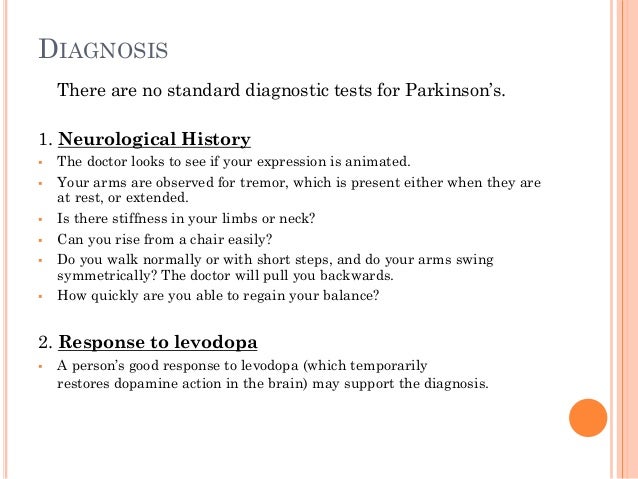
Parkinsons Disease V Pharm D

Parkinson Disease New Perspectives From Clinical Research Ppt Download
Www Parkinsons Va Gov Northwest Documents Pt Ed Handouts Peterson Handouts 3 16 12 Pdf
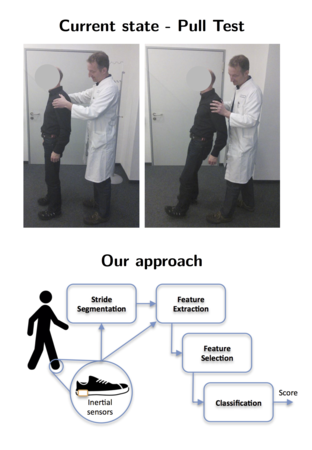
Pasluosta Cristian

Pdf The Retropulsion Test A Good Evaluation Of Postural Instability In Parkinson S Disease
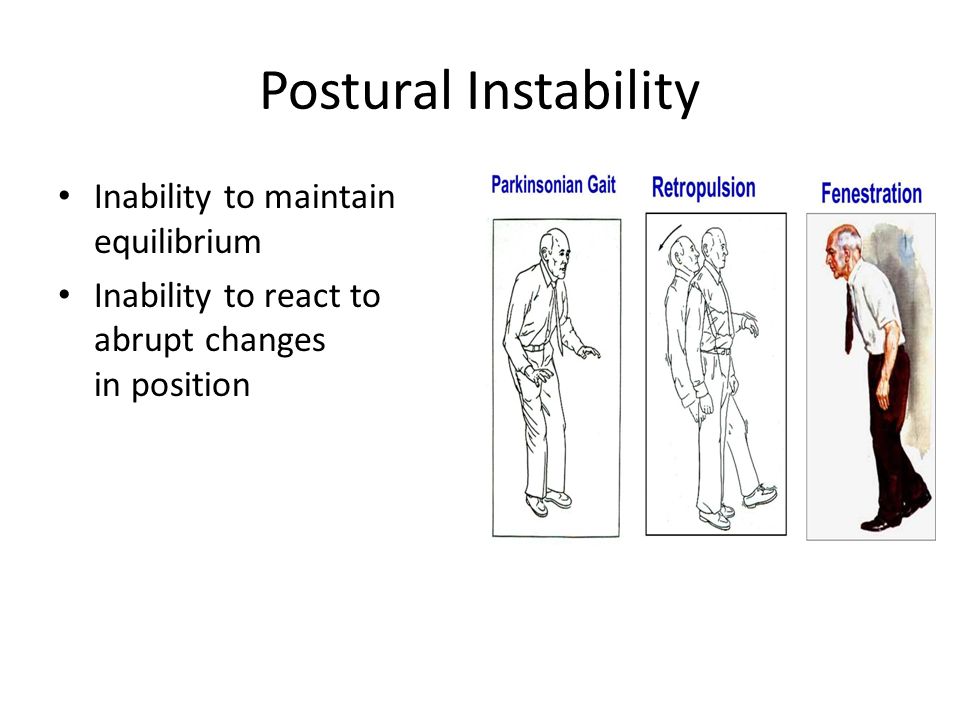
Parkinson S Disease A Geriatrics Syndrome Ppt Video Online Download

Exercise For Parkinson S Disease Sciencedirect

Pdf Doppler Ultrasonographic Examination Of The Leg Veins Of Patients With Parkinson Disease
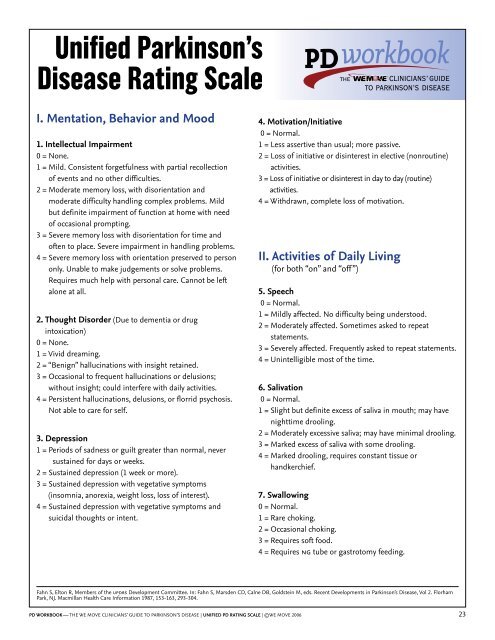
Unified Parkinson S Disease Rating Scale Medscape

Research In Parkinson S Disease In India A Review Surathi P Jhunjhunwala K Yadav R Pal Pk Ann Indian Acad Neurol
Journals Sagepub Com Doi Pdf 10 1177

Dynamic Posturography In Evaluation Of Balance In Patients Of Parkinson S Disease With Normal Pull Test Concept Of A Diagonal Pull Test Semantic Scholar

Pdf An Alternative Clinical Postural Stability Test For Patients With Parkinson S Disease
Eprints Ucm Es 1 T Pdf

Parkinson S Disease Sketchy Medicine

Table 1 From Navigating Occupation And Identity In Parkinson S Disease A Qualitative Exploration Of Lived Experience Semantic Scholar
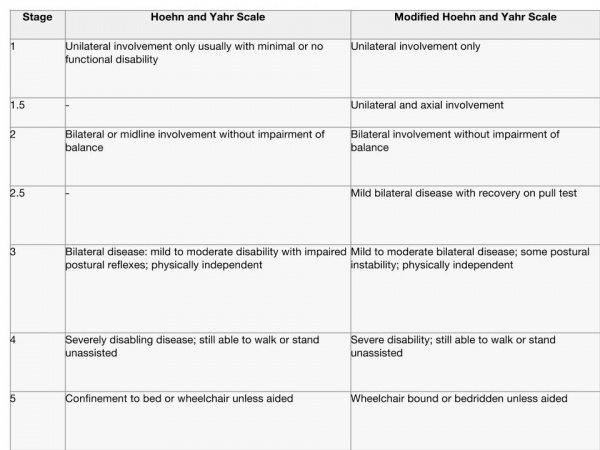
Parkinson S Clinical Presentation Physiopedia
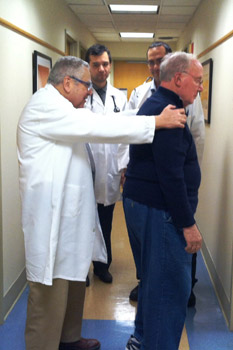
About Movement Disorders

Frontiers Innovative Parkinson S Disease Patients Motor Skills Assessment The I Prognosis Paradigm Computer Science
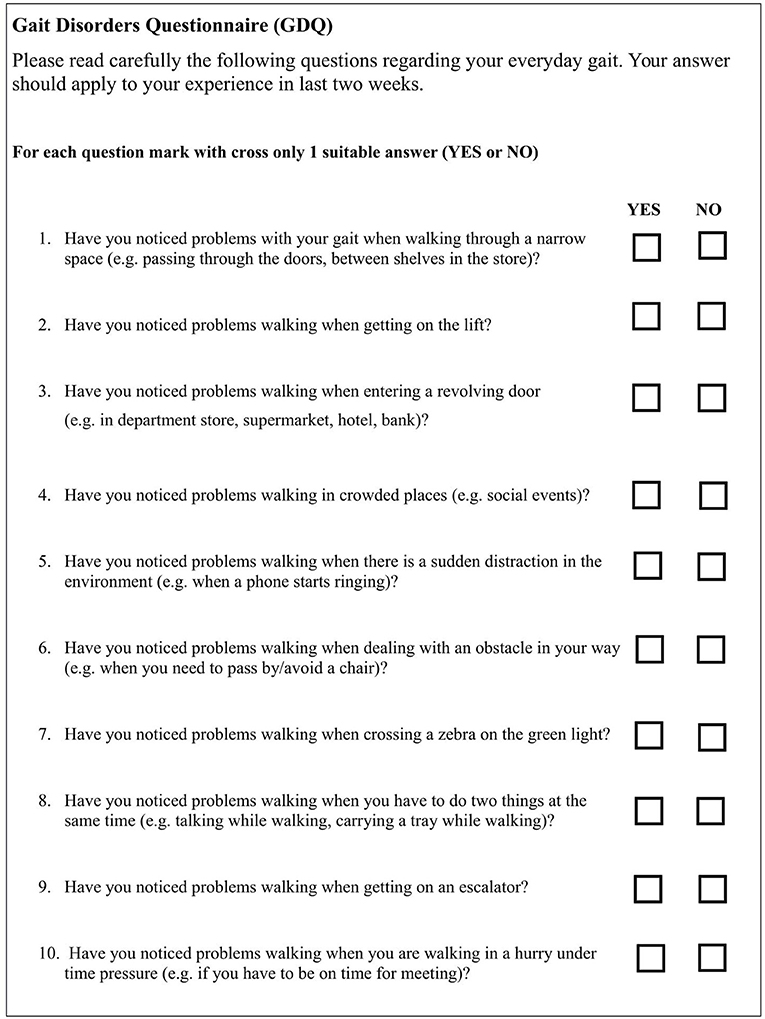
Frontiers Gait Disorders Questionnaire Promising Tool For Virtual Reality Designing In Patients With Parkinson S Disease Neurology
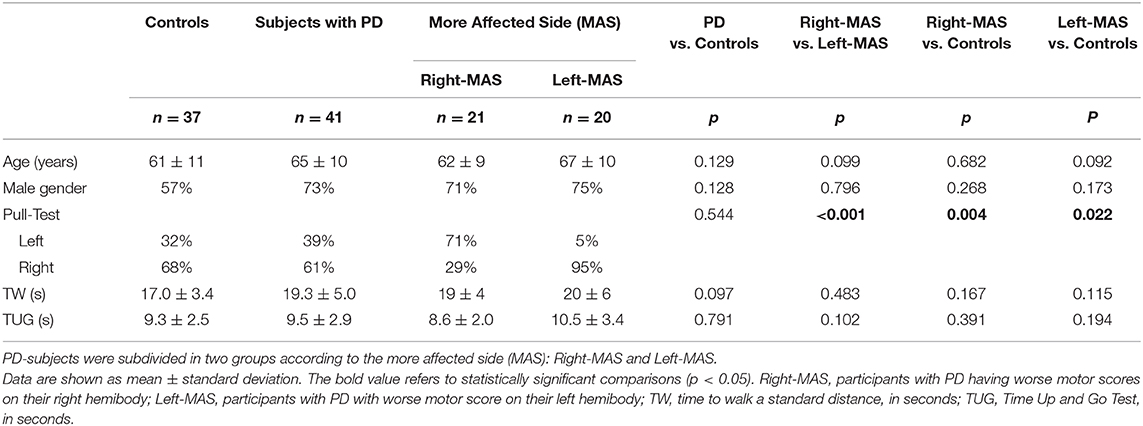
Frontiers The Choice Of Leg During Pull Test In Parkinson S Disease Not Mere Chance Neurology

Zso Parkinson Verplichte Opgaven Zelfstudieopdrachten 1 6 Zso Disease Studeersnel

Pull Test Parkinson Parkinsons Disease Doctor Steve Abel
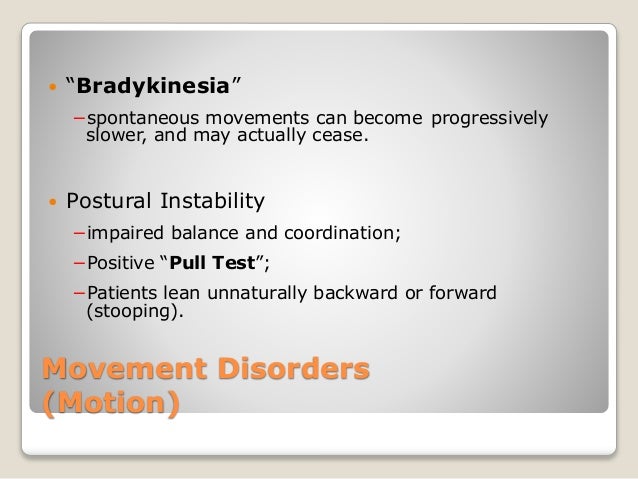
Parkinson S Disease
2

Pdf Prospective Assessment Of Falls In Parkinson S Disease Bastiaan Bloem Academia Edu

Parkinson S Why Wait Connect Neuro Physiotherapy
Prediction Of Falls And Or Near Falls In People With Mild Parkinson S Disease

Home Based Prescribed Exercise Improves Balance Related Activities In People With Parkinson S Disease And Has Benefits Similar To Centre Based Exercise A Systematic Review Sciencedirect

Parkinsonism Related Disorders

Biomechanical Markers As Indicators Of Postural Instability Progression In Parkinson S Disease Semantic Scholar

Enhanced Exercise Therapy In Parkinson S Disease A Comparative Effectiveness Trial Journal Of Science And Medicine In Sport

Zelfstudiestudie 1 Parkinson Zso Disease What Is Rigidity And To What Kind Of Symptoms Does It Lead What Is The Pull Test What Is The Cause Of Disease Which Studeersnel

Early Postural Instability In Parkinson S Disease A Biomechanical Analysis Of The Pull Test
Www Libreriauniverso It Pdf Pdf

An Instrumented Pull Test To Characterize Postural Responses Protocol

International Encyclopedia Of Rehabilitation Pdf Free Download
2

Hoehn Andd Yahr Scoring System For Parkinson Disease Download Table

Pdf Push And Release Test Predicts Better Parkinson Fallers And Nonfallers Than The Pull Test Comparison In Off And On Medication States

Frontiers Nicotine Bitartrate Reduces Falls And Freezing Of Gait In Parkinson Disease A Reanalysis Neurology

Pdf The Retropulsion Test A Good Evaluation Of Postural Instability In Parkinson S Disease
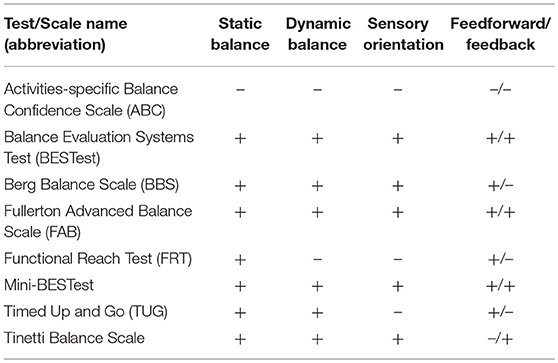
Frontiers Evaluation Of Balance Disorders In Parkinson S Disease Using Simple Diagnostic Tests Not So Simple To Choose Neurology

3 Yard Hoen Parkinson S Disease Clinical Medicine

The Retropulsion Test A Good Evaluation Of Postural Instability In Parkinson S Disease Journal Of Parkinson S Disease

Parkinson S Disease

Latest Parkinson Gifs Gfycat

Pull Test Parkinson Parkinsons Disease Doctor Steve Abel

Pdf The Choice Of Leg During Pull Test In Parkinson S Disease Not Mere Chance

Parkinson S Disease Lecture Notes 11 Resting Tremor Typically Starts On One Studocu

Table 2 From How I Examine My Patient The Retropulsion Test A Good Evaluation Of Postural Instability In Parkinson S Disease Semantic Scholar

Voltage Adjustment Improves Rigidity And Tremor In Parkinson S Disease Patients Receiving Deep Brain Stimulation Xu Sh Yang C Xian Wb Gu J Liu Jl Jiang Ll Ye J Liu Ym Guo Qy

Clinical Tests For Balance Evaluation Bone Healing

Frontiers Evaluation Of Balance Disorders In Parkinson S Disease Using Simple Diagnostic Tests Not So Simple To Choose Neurology

Postural Instability Parkinson S Disease And Occupational Therapy

Figure 1 From An Alternative Clinical Postural Stability Test For Patients With Parkinson S Disease Semantic Scholar

Retropulsion Youtube

Tremor Sorting Through The Differential Diagnosis American Family Physician

Phil Parkinson Quotes Quotehd

Diagnostic Approach To Atypical Parkinsonian Syndromes Abstract Europe Pmc
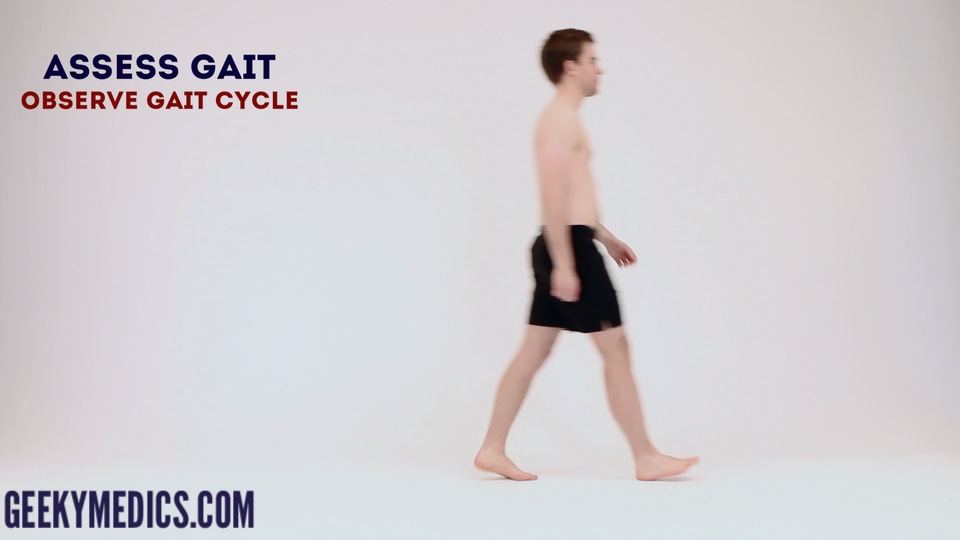
Parkinson S Disease Examination Osce Neurology Geeky Medics

Gait Analysis Comparing Parkinson S Disease With Healthy Elderly Subjects

Pdf An Alternative Clinical Postural Stability Test For Patients With Parkinson S Disease

Table 3 From How I Examine My Patient The Retropulsion Test A Good Evaluation Of Postural Instability In Parkinson S Disease Semantic Scholar

Ziekte Van Parkinson Intro Slide Dr Verhellen Eva 12 Mei Ppt Video Online Download

Pdf Subjective Poor Sleep Quality In Chinese Patients With Parkinson S Disease Without Dementia Semantic Scholar

An Instrumented Pull Test To Characterize Postural Responses Protocol

We Need To Talk About The Updrs The Science Of Parkinson S

Parkinson S Disease Diagram Quizlet

The Hoehn Yahr Scale Classifying Different Stages Of Parkinson S Download Scientific Diagram

Diagnostic Approach To Atypical Parkinsonian Syndromes Abstract Europe Pmc

Full Text A Posturographic Procedure Assessing Balance Disorders In Parkinson S Cia
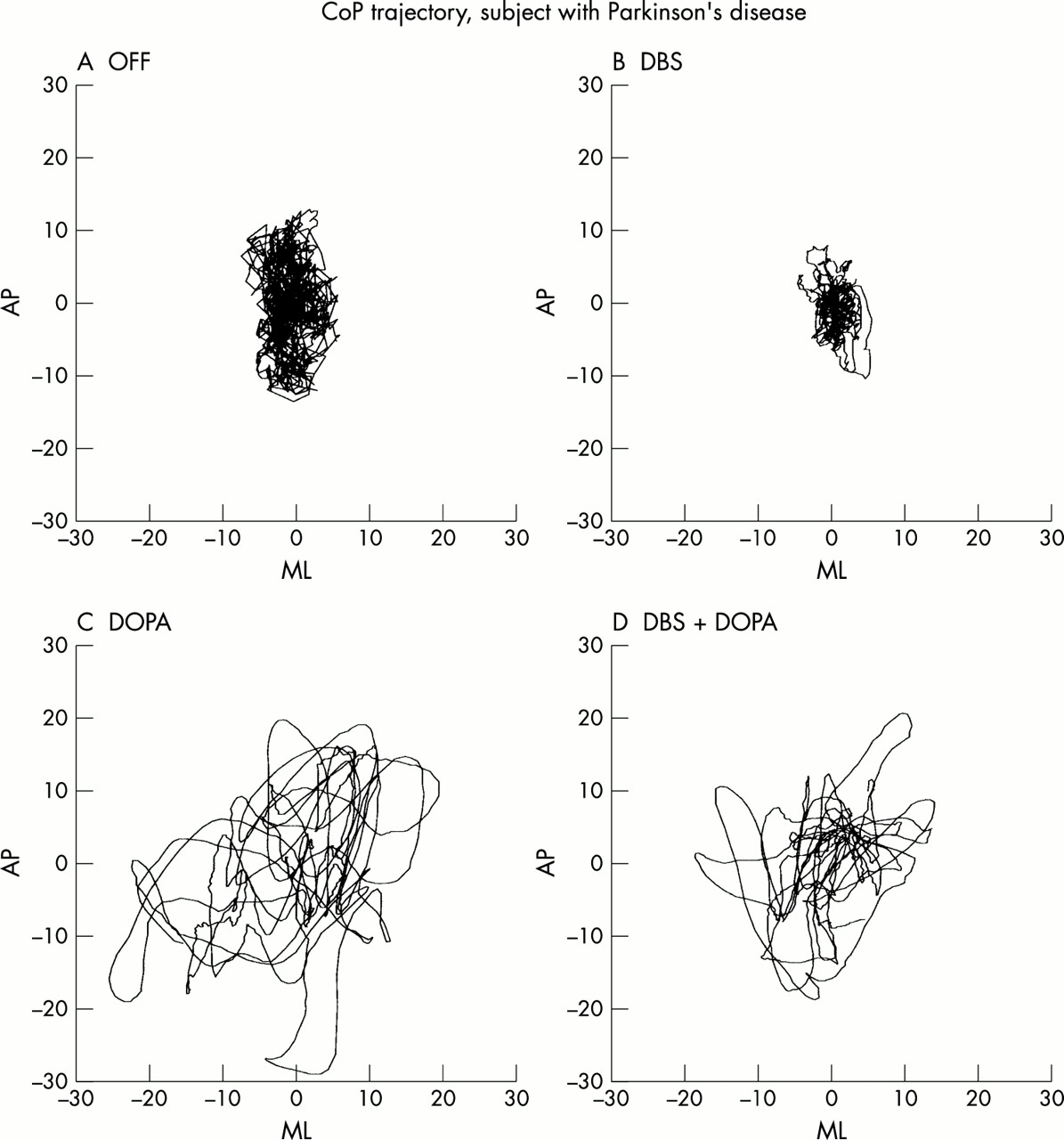
Effects Of Deep Brain Stimulation And Levodopa On Postural Sway In Parkinson S Disease Journal Of Neurology Neurosurgery Psychiatry

Scoring Of The Retropulsion Test As Defined By The Mds Updrs Scale Download Table
Prediction Of Falls And Or Near Falls In People With Mild Parkinson S Disease
Prediction Of Falls And Or Near Falls In People With Mild Parkinson S Disease
2
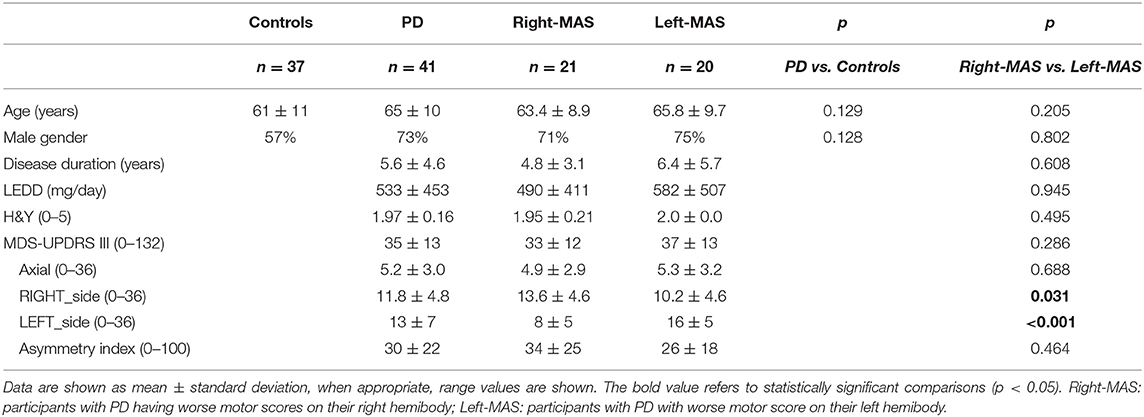
Frontiers The Choice Of Leg During Pull Test In Parkinson S Disease Not Mere Chance Neurology

Figure 2 From An Alternative Clinical Postural Stability Test For Patients With Parkinson S Disease Semantic Scholar

Parkinson S Disease Exam Stanford Medicine 25 Stanford Medicine

逆行测试 对帕金森氏病姿势不稳定性的良好评价 帕金森氏病杂志
3
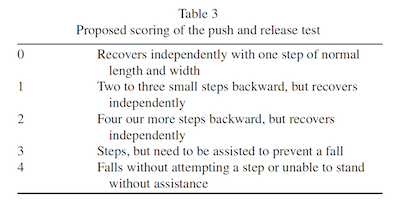
The Retropulsion Test A Good Evaluation Of Postural Instability In Parkinson S Disease Journal Of Parkinson S Disease
Q Tbn And9gcq Cfnqpdmpfe10tvroaxbiksw027opq Idpxfewseglcdqucm Usqp Cau
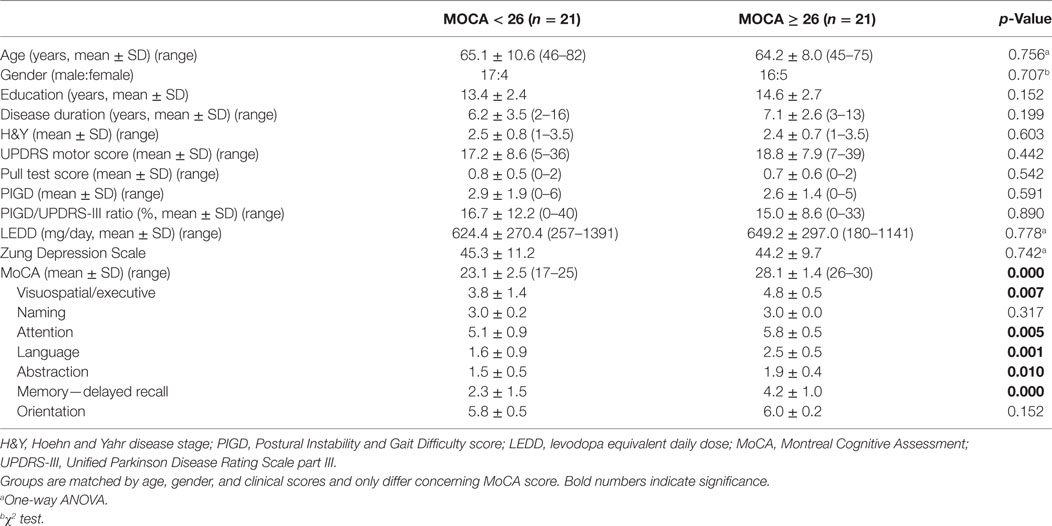
Frontiers Gait And Cognition In Parkinson S Disease Cognitive Impairment Is Inadequately Reflected By Gait Performance During Dual Task Neurology
Http N Neurology Org Content 62 1 125 Full Pdf

Parkinson S Disease Symptom Postural Instability Dr Paresh Doshi Youtube
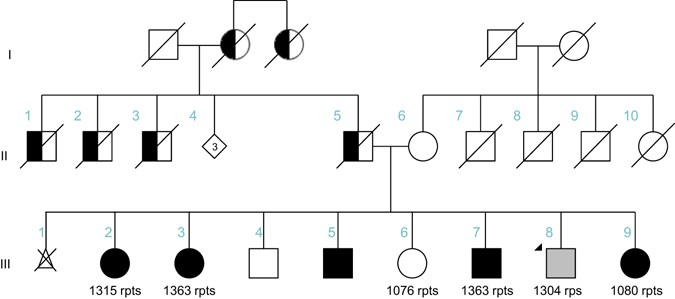
Parkinson S Disease Associated With Pure Atxn10 Repeat Expansion Npj Parkinson S Disease

Pdf Detection Of Parkinson S Disease Using Clinical Diagnostic Tools Semantic Scholar
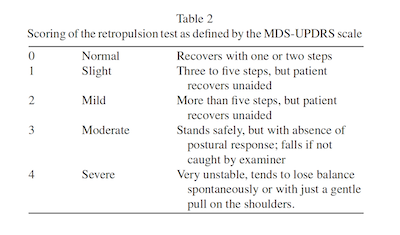
The Retropulsion Test A Good Evaluation Of Postural Instability In Parkinson S Disease Journal Of Parkinson S Disease

Pull Test Performance And Correlation With Falls Risk In Parkinson S Disease

Abstracts 18 Movement Disorders Wiley Online Library

Parkinson Exam

Comparing Balance Performance On Force Platform Measures In Individuals With Parkinson S Disease And Healthy Adults

Pull Test Parkinson Parkinsons Disease Doctor Steve Abel

Full Text A Posturographic Procedure Assessing Balance Disorders In Parkinson S Cia
Q Tbn And9gcsczjpbtgmpdfjkarmcovr 9opoxbgdctk3zp1verufrhatlrkh Usqp Cau

Diagnostic Approach To Atypical Parkinsonian Syndromes Abstract Europe Pmc



